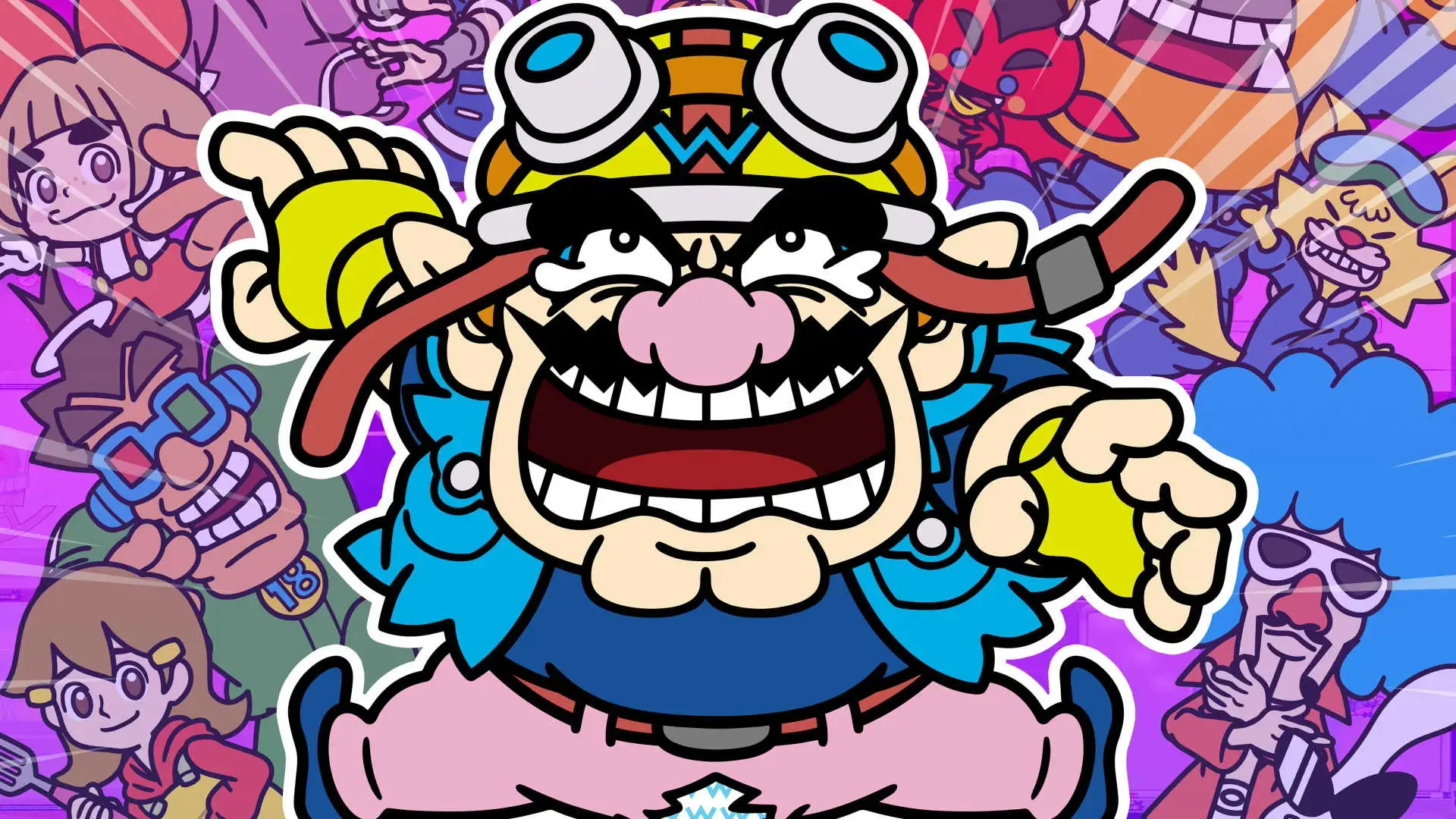WarioWare: Get it Together! (Nintendo Switch Review)
Warioware: Get it Together! is the latest entry in Nintendo’s dark horse series and combines the classic madcap rapid-fire gameplay with a fun new co-op twist.
What It Is, Is:
For those unfamiliar with the excellent WarioWare franchise, allow me a quick explanation. The series is predicated on what it calls “microgames,” which are games that take between one and five seconds to complete. These microgames will test your adaptability, reflexes, memorization, and puzzle-solving. Some have immediately obvious solutions or goals, and part of the pleasure of the game comes from how some will leave you delightfully baffled as to what you’re even meant to do. The game has a wonderfully wacky and sophomoric sense of humour, giving it a somewhat surrealist charm.
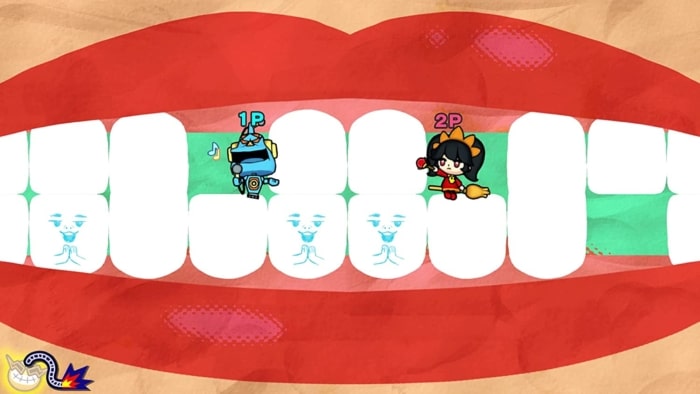
Players can lose four microgames before it’s game over. Microgames come at an ever-increasing pace and ramp up three tiers of difficulty. Interspersed are longer “boss” games which, if completed successfully, will restore one of four hit points. Warioware: Get it Together! includes a serviceable story mode which essentially serves as an expanded tutorial, each level ending after beating around 15-20 microgames. In series form, there are also several level variations where everything becomes faster and harder until you are eventually defeated — who says Nintendo games aren’t lifelike?
There’s plenty to do for both casual players looking for something to play on a short bus ride and for more hardcore high-score chasers looking to settle in on their day off for a thirteen-hour play session, stopping only to dump an entire box of Coco Puffs into a popcorn bowl and eat the whole thing. Not, uh, that I would know what that’s like.
A Motley Crew
Every game in the franchise has some new twist or gimmick and Warioware: Get it Together! is no exception. In fact, it introduces two new wrinkles to the classic micro gameplay. Unlike previous instalments, players now directly control a persistent avatar across the games. There are twenty different characters, each with their own abilities. Players will choose a team of between three and five characters, which will then be chosen at random between microgames. The introduction of different characters adds an interesting new dimension to the franchise, making the approximately 200 microgames feel even more varied than they already are. Playing a familiar microgame might require some quick on-the-fly thinking when playing with a different character who can’t replicate your usual strategy. It also allows the games to be completed in multiple ways, leading to lots of great “Wait, there’s no way it’ll work if I just…holy crap, it DID work!” moments of giddy discovery.
Characters feel a little unbalanced, however, with some of them being much more difficult to control or lacking in versatility than others: why play as 9-Volt, who constantly and uncontrollably moves left and right along the ground and whose only action is to shoot a limited projectile straight up, when you can play as Ashley, who can fly in any direction and rapidly shoot projectiles across the screen?
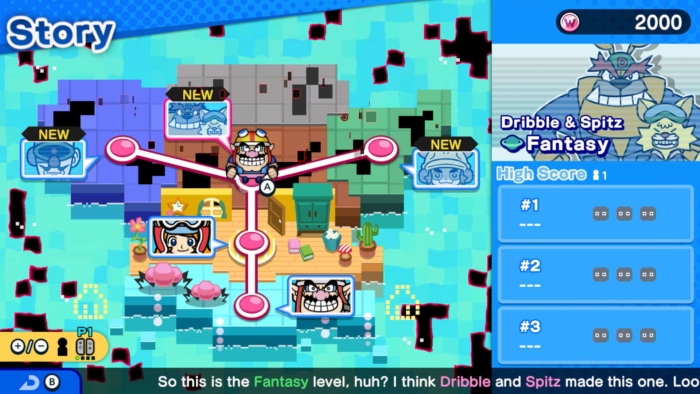
The More the Merrier
The second new twist in the series, and where the game really shines, is the introduction of two-player cooperative play. In an age where couch co-op is rarer than affordable housing (looking at you, Back 4 Blood), it’s refreshing to have something as fleshed-out as Warioware: Get it Together!. I played through the entire game with my wife, whose primary gaming interests fall more towards Animal Crossing than Dark Souls on the Gaming Difficulty Spectrum. It wasn’t too long before every day, after she was off work, she would ask if I wanted to play “that Wario game” together.
Warioware: Get it Together! is a great game to play with someone who might not be super familiar with video games, such as a partner or friend unfamiliar with the medium or a younger sibling. As the stable of characters you choose are instanced to the player rather than shared, the fact that some characters are simply easier to use than others can be used as a sort of indirect difficulty modifier — those looking for more of a challenge can select the more obtuse characters for themselves, while a second player could select easier-to-use ones.
Warioware: Get it Together!‘s co-op is a brilliant addition to the formula, adding yet another element of chaos to the already-frantic gameplay. Some microgames can be completed in interesting or unique ways with two players, and the way multiple characters’ abilities interact can necessitate some abstract out-of-the-box thinking (or result in hilarious failure).
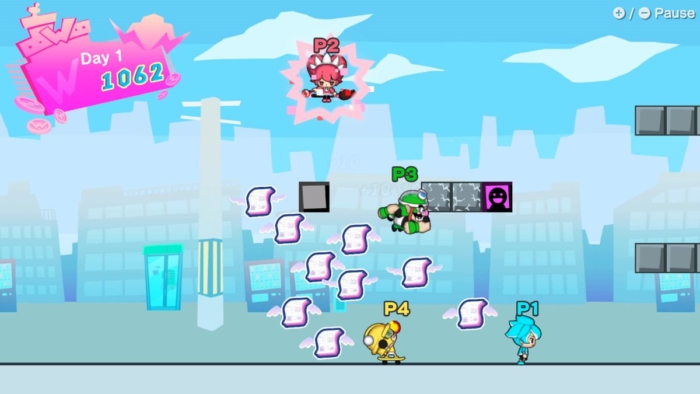
Warioware: Get it Together! Party
The two-player mode constitutes the bulk of the gameplay, but there are several other fairly robust game modes available. There’s a mission-based system that rewards in-game currency, which is used for a metagame in which you purchase gifts for the various characters in an attempt to level them up. Levelling up characters is mostly used to unlock some cute character art and the ability to change their colours. This is enjoyable enough, but I found myself missing the Toy Room mechanic from prior titles such as WarioWare: Touched! wherein you could exchange in-game currency for ridiculous little interactive toys (such as a voice changer or gyroscope-sensitive yo-yo) or expanded minigames.
There are also party game modes for up to four players, including the ridiculously fun Puck’Er Up, a combination of air hockey and microgames where your competitors can obstruct or otherwise mess with your screen. While not as fleshed out as a Mario Party, these modes are pretty fun for groups looking for something outside of the usual Smash Bros fare (and can be made significantly more fun and chaotic with the introduction of brain-altering chemicals of all stripes).
Chaos Reigns
I’ve talked at length about the game itself, but so far I’ve avoided the answer to the question you no doubt came here to have answered: is Warioware: Get it Together! fun? And the answer is a resounding YES. It is deliriously, frantically, ludicrously fun. We often found ourselves howling with laughter at the absurdity of the games or the utter humiliation of a total failure. Yes, even losing is fun since most microgames have a silly or over-the-top dramatic loss screen. Warioware: Get it Together! is absurd and delightful and ever-changing; perfect for those with short attention spans. The art style is wonderfully esoteric, running the gamut from an atavistic MS Paint style that calls to mind the New Grounds games of yore to claymation to wireframe to gorgeous hand-painted watercolours.
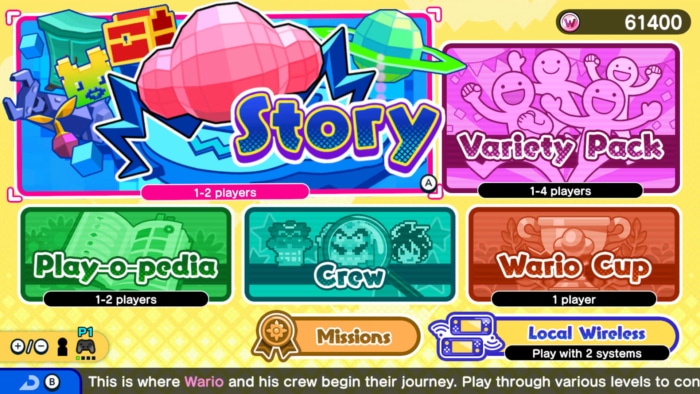
The game embodies Nintendo’s easy-to-learn-hard-to-master ethos and is hugely replayable: I find myself wishing I had purchased it digitally so that I could easily access it whenever I have a few spare moments and my Switch handy, such as in a waiting room or during a particularly boring funeral. It’s a game so addictive it should probably be regulated. The microgames themselves are some of the highest quality in the series, partially due to the aforementioned way they can be won in a variety of ways and partially because due to using some weirdly impressive physics (in particular, 2D fluid physics are used to great effect and add yet another layer of unpredictability, bringing us roughly to the level Brownian Motion or a three-body orbiting model). All this for £34.99, making it feel like practically a steal at a time when a new PS5 game is around £55.
As a bonus, I asked my wife how she would review Warioware: Get it Together!, to which she answered “I dunno. Somewhere between an 8 and a 10.” When pressed for further information, she said she found it “cute” and “fun” and “liked that it had a lot of cats” and “hey, you’re not going to quote this, are you?”

